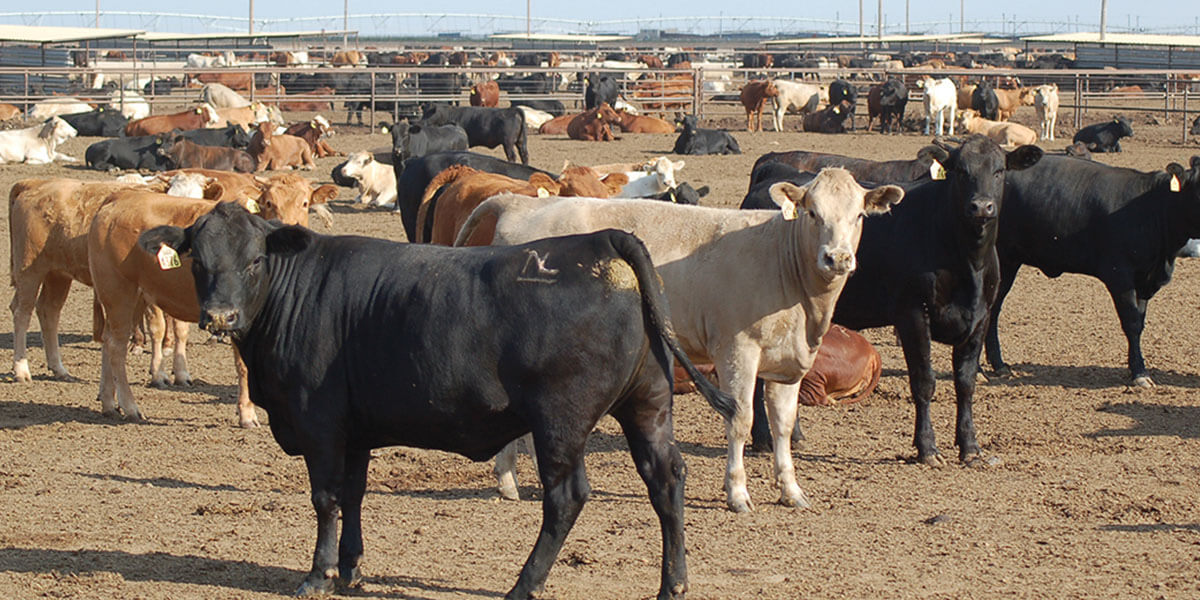Infectious claw lesions, such as digital dermatitis and foot rot, are present on most dairy and beef operations, especially during wet and rainy periods. Record rainfall in many areas of the midwestern United States has led to an increase in the number of reported incidences of infectious claw lesions in dairy and feedlot facilities with digital dermatitis and foot rot in cattle being the most common.
Digital Dermatitis, a raw, bright-red skin inflammation above the heel bulbs, often begins with a weakening of the skin barrier near the claw due to mechanical or chemical irritation from prolonged exposure to mud and slurry. Opportunistic bacteria, such as Treponema Spirochetes, the dominant species in an acute lesion, thrive in moist, low-oxygen environments.

Without proper treatment and management, recurrent incidences of digital dermatitis can permanently disrupt heel-horn development and cause erosion.
Oftentimes accompanying digital dermatitis, but occasionally occurring independently, foot rot in cattle can cause a sudden drop in milk production and feed intake and can result in extreme lameness in cattle.
Fusobacterium necrophorum, the predominant bacteria species in foot rot, causes necrosis of the interdigital tissue. Foot rot in cattle can be described as a sudden onset of painful and symmetrical swelling above the claw. If left untreated, the interdigital space often breaks open within 72 hours after first signs of the lesion. Similar to digital dermatitis, foot rot in cattle is initiated by a weakening of the skin barrier.

Early detection and treatment are keys to successfully managing foot rot.
Reduce Digital Dermatitis and Foot Rot with Successful Management Strategies
Proper management strategies can help reduce the economic impact that infectious claw lesions can have on any beef or dairy operation, including the following:
- Proper pen maintenance: Hygiene is the most important step in reducing digital dermatitis and foot rot in cattle. Dairy and beef producers should regularly scrape pens and increase the frequency of footbath visits, especially during weather that negatively impacts foot hygiene. Consider evaluating new animals for digital dermatitis and possibly quarantine them until digital dermatitis is in a manageable state before letting them comingle with other animals.
- Footbath protocol: A footbath should be properly located, greater than 10 feet (3 meters) in length and refreshed regularly once it becomes excessively soiled. The footbath solution should be properly mixed and handled according to the manufacturer’s directions.
- Proper trace mineral nutrition: Dairy and beef producers should consider implementing a performance trace mineral nutrition plan that can improve skin integrity and potentially reduce the incidence of infectious lesions in dairy and beef cattle.
Zinpro Performance Minerals® can significantly reduce the incidence of foot rot and digital dermatitis in dairy replacement heifers and feedlot cattle. Research has shown a feeding program with performance trace minerals can significantly reduce the incidence of foot rot and digital dermatitis.
Zinpro conducted research involving two sets of beef cattle in a feedlot setting. Two groups of steers (510 and 540 head) were fed 360 mg of ZINPRO® zinc methionine per head per day for 115 days. Cattle fed the ZINPRO zinc methionine had a lower incidence of foot rot and lower production costs compared to the control group receiving only zinc sulfate.

Zinpro partnered with researchers at the University of Wisconsin–Madison, and the research showed that heifers fed Availa® Plus as part of a specific DD Formula had a significantly lower incidence of M2 (active) lesions and smaller lesion sizes.


For more information on including performance trace minerals as a part of your hoof health management strategy, contact your Zinpro representative today.

